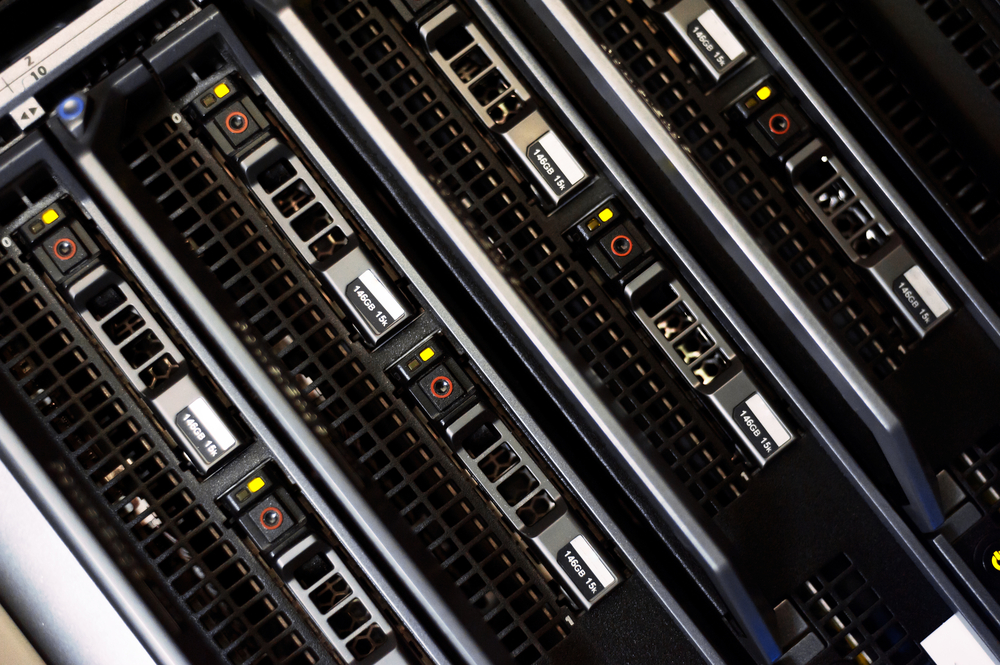The recently launched Multi-Cloud and NaaS Networking 2023 Survey Report from Futuriom, a leading cloud and networking technology research firm, contains valuable insights and survey data for companies looking to make cloud decisions fit for the future. The report shows that enterprises are turning to a hybrid multi-cloud approach for their infrastructures.
Of course, multi-cloud infrastructure enables new approaches that also require solutions to new challenges. In order to maintain a stable network condition in a multi-cloud infrastructure, network monitoring is needed to keep its performance good and reliable.
Hybrid Cloud Drives the Adoption of Multi-Cloud Networking Innovations
As more and more people are using at least two cloud environments, it is clear that multi-cloud infrastructure is becoming an industry standard. A multi-cloud strategy promises many benefits, including deploying applications anytime, anywhere in the world, and is a best-in-class option around cloud native offerings, and avoids vendor dependency.
However, this approach also results in a highly distributed infrastructure that includes a combination of multiple cloud platforms, existing on-premises resources, and data centers located in the same area. Multi-cloud is able to address the day-to-day activities of network teams, network automation efforts, and security requirements.
The goal of multi-cloud is to find ways to scale the approach without using too many different automation tools across multiple systems, networks, and clouds. Seamless multi-cloud network connectivity among data centers, edges, telecom providers, and public cloud services is essential.
Multi-Cloud Networking (MCN) technology enables faster programmatic network connectivity among different network domains. Innovations in this area help enterprises accelerate their transition to successful hybrid and multi-cloud clouds. Innovations such as new integration, automation, and orchestration solutions across these distributed environments are what the modern enterprise needs.
Integration, Automation, and Orchestration: How to Operationalize Multi-Cloud Networks
Typically, networking teams start automation by creating scripts using Python or Playbooks with Ansible. This can accomplish individual tasks and help ease the burden of traditional manual operations. However, when a company’s deployed environment does not include three public cloud providers or multiple data centers, edge resources, and more, automation engineers need a more sophisticated solution to orchestrate multiple domains and systems.
Network operators don’t want a fragmented collection of networks. They want to see one abstract and logical network to connect their end users, applications, and services. This means adopting platform solutions that offer universal integration capabilities so that network and cloud automation can leverage everything in the enterprise digital infrastructure.
Of course, integration is not so useful in a vacuum. Integration capabilities will help network teams bring everything together into one centralized platform. Scripting, automation for public cloud services, security, ticket management, and much more. Then, using the same platform, network automation engineers can build automation across every different system and domain within the infrastructure without having to manually move between tools.
Finally, orchestration is what some refer to as the ‘automation of automations.’ That is, taking a set of automations and leveraging their integration, data manipulation and other capabilities to build a seamless end-to-end process. Advanced networking teams package orchestrated network change workflows and publish them for use by others in their IT organization.
Network Monitoring Best Practices in a Multi-Cloud Environment
Multi-cloud environments require an effective cloud strategy. With the proper implementation of network monitoring best practices, businesses and IT professionals can efficiently evolve their systems and proactively improve the end-user experience.
Here are some best practices:
1. Using a Unified Monitoring Platform
A unified network monitoring platform can solve many multi-cloud challenges by providing a comprehensive overview of the entire enterprise cloud environment. That way, it will be easier to see some of the things below:
- resources being used
- data location and cloud environment
- con mapping
A unified platform like this eliminates data silos and ensures that all data is accessible in one place, simplifying monitoring, troubleshooting, and analysis. A unified view can help teams identify managed services that will potentially overlap.
2. Integrate Centralized Data Collection
A centralized network monitoring platform visualizes data collection from the company’s infrastructure. The same platform should also store the collected data. This process is essential for effective monitoring as it involves collecting data from various sources, including telemetry data, which includes:
- logs
- metrics
- trace
- events.
Centralized network monitoring integrates data from multiple sources to provide a holistic view of the enterprise data path. In addition, this technology enables the team to ensure improved data quality and system reliability and detect the following:
- problems
- anomalies
- inconsistencies.
3. Applying AI and Machine Learning to Detect Anomalies
Utilizing AI and machine learning ensures a secure, efficient, and resilient multi-cloud environment. AI and machine learning enhance observability by automating incident detection and response. These technologies analyze patterns, detect anomalies, and provide predictive insights.
AI-driven systems continuously monitor multi-cloud environments, quickly addressing issues and spotting unusual patterns early on. In addition, predictive analytics powered by AI can forecast infrastructure trends and needs, optimize resource management, and improve security by identifying potential cyber threats.
4. Implement Automation and Orchestration
Automation and orchestration are essential to effectively manage multi-cloud observability. Effective multi-cloud management relies heavily on automation, using cloud APIs to automate repetitive manual processes, which helps reduce the chance of human error.
Automation and orchestration can simplify the observability process and reduce manual intervention. Here are some tasks that orchestration and automation can improve the speed and reliability of:
- deploying applications
- applying consistent rules across cloud environments
- scaling operations to meet current traffic or usage needs
- transferring workloads between different clouds
- provisioning and de-provisioning cloud services
- respond to threats, anomalies and issues.
Multi-cloud infrastructures are increasingly popular and are needed by both individuals, as well as companies that want to stay competitive. To keep the network running smoothly in the midst of several clouds at once, of course, reliable network monitoring is needed, such as Netmonk. Already trusted by more than 1000 companies in the country, get complete information about its services on the Netmonk web.
